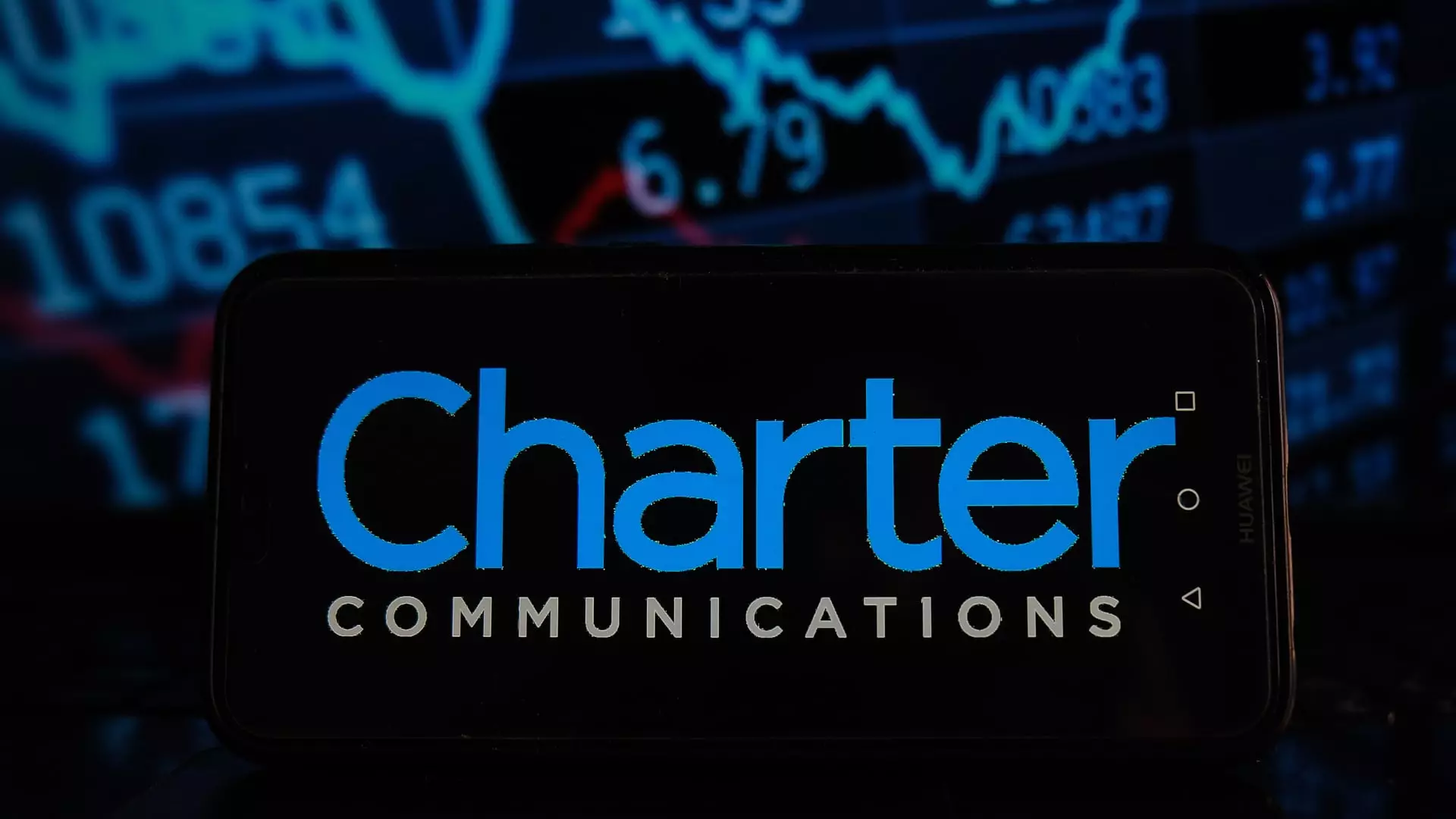In an era where innovation in the tech world thrives on diversity and competition, the recent merger announcement between Charter Communications and Cox Communications has set off alarm bells across the telecommunications landscape. This monumental union—valued at a staggering $34.5 billion—signals not only a consolidation of market power but also a formidable threat to consumer choice. These two corporate giants, driven by clashing interests of profitability and market dominance, are creating a behemoth that could stifle competition and innovation while giving customers fewer alternatives.
The merger suggests a staggering level of corporate ambition rooted in traditional metrics of success, such as the pursuit of synergies and the reliance on scale. While Charter has touted the potential for $500 million in annualized cost synergies post-merger, one cannot help but wonder whom these synergies will truly benefit. Will they serve to enhance service offerings or simply pad the bottom line while enticing shareholders?
The Illusion of Competition
The backdrop of this deal is marked by an evolving ecosystem of broadband competition. Plenty of options, including 5G and fixed wireless internet, have begun to encroach on the traditional cable stronghold. Yet instead of embracing this shift and investing in better services for users, Charter and Cox seem more intent on gobbling up competitors and asserting dominance in an increasingly competitive market. The danger in this scenario becomes glaringly apparent: what happens when one or two corporations control vast swathes of the telecommunications landscape? The promise of true competition fades, leaving consumers at the mercy of the newly formed conglomerate.
Charter’s substantial loss of subscribers, coupled with its aggressive pricing strategies in mobile services, is indicative of a company struggling to adapt amidst fierce competition. The former pride of cable TV is quickly becoming a relic, and instead of acknowledging this transformative shift, Charter and Cox appear to be doubling down on cable bundles at a time when public interest is gravitating toward versatile, customizable internet plans. Is this merger an act of desperation masked as strategic ambition?
A Corporate Play, Not a Customer-Centric Vision
Encapsulated within the merger’s announcement is a striking lack of consideration for the customer experience. A mere reshuffle of corporate control does not translate into improved services for customers. Charter’s current status as the second-largest cable provider reflects the harsh reality of subscriber losses, which eerily follow a consistent downturn. The story of Charter and Cox is not one of innovation or improved user experiences but rather an entrenchment in behaviors that treat consumers as mere data points rather than valued patrons.
In claiming the combined entity will take on the name “Cox Communications,” the message becomes muddled. This is hardly an empowering rebranding when one considers that Charter will effectively control the strategies, budget allocations, and business directions. The optics of shaping a consumer-facing identity hidden behind corporate consolidation dilute the very essence of what a customer-centric approach should entail.
Political Ramifications and Consumer Sentiment
From a political perspective, this merger poses significant questions about regulatory oversight—the Federal Communications Commission and other regulatory bodies must evaluate whether such a deal serves the public interest or merely the corporate one. With the telecommunications sector predominantly marked by a handful of player-dominated markets, the ramifications of this union can reverberate through the fabric of consumer rights, amplifying calls for antitrust scrutiny.
The merger also brings forth a conversation about political accountability. As a center-wing liberal, I find the rise of corporate power alarming, particularly in sectors foundational to everyday life such as communication and internet accessibility. The ideological dichotomy between corporate ambitions and the imperatives of the common good must be critically examined. The ultimate arbiter in this situation, however, will be the consumer—what remains to be seen is how public sentiment will shape corporate behavior.
The merger represents a complicated and troubling step in the evolution of the telecommunications landscape, with its implications reaching far beyond profit margins. The question is: will it serve as a catalyst for better services and choices, or will it enclose consumers in a world of limited opportunity? Only time will tell, but if history serves as a guide, we should brace ourselves for the fallout.



Leave a Reply